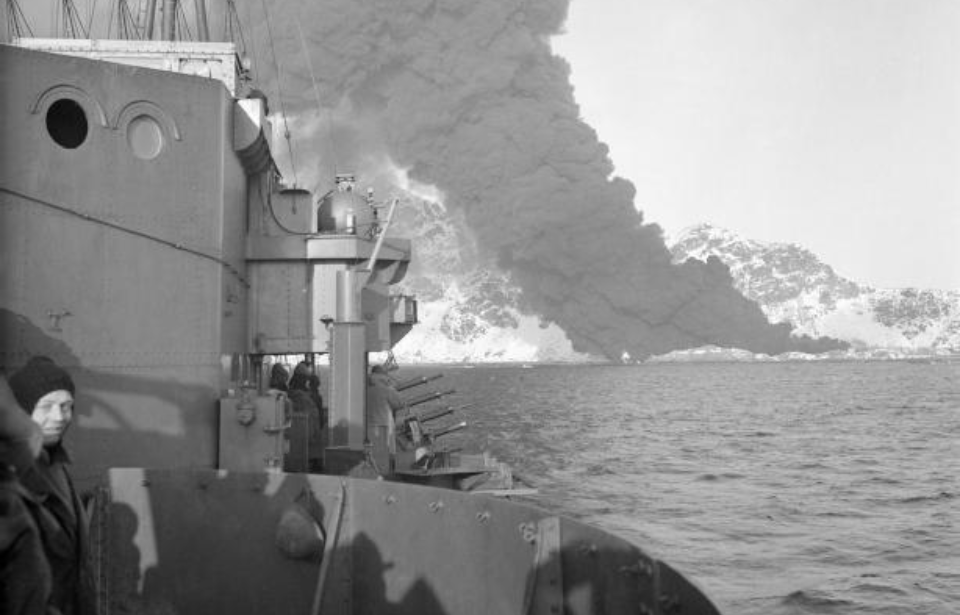The German Army was riding high in the early part of 1941. The country’s occupation of France had begun in June 1940, and the US had yet to enter the war. As for the British, they’d had to evacuate from Dunkirk in May and June 1940.
British Prime Minister Winston Churchill had determined the country needed to put a win on the board against the Germans. The first attempt to do so was Operation Claymore.
Winston Churchill thought it was important to improve British morale
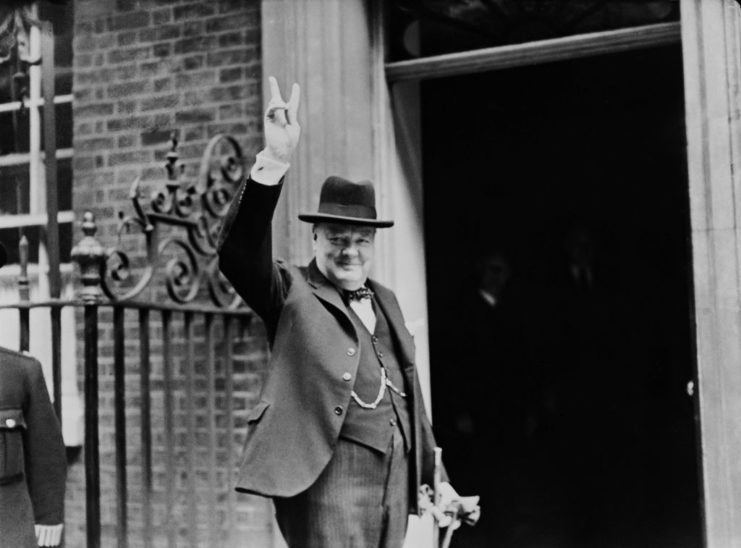
The British Army had gotten off to a bad start in World War II. Following the Dunkirk Evacuation, Winston Churchill was determined to hit back at the Germans, to both prove his country’s merit and improve morale. The decision was made to raid the Lofoten Islands, in Norway. The area was strategically important due to its fish oil plants and production of glycerine, the latter of which was used as a propellant for German weaponry.
While the Norwegians had put up a strong fight, the Germans began their occupation of the country in April 1940. In addition to its glycerine production, Norway was strategically important for its iron ore supply.
A team of commandos is assembled
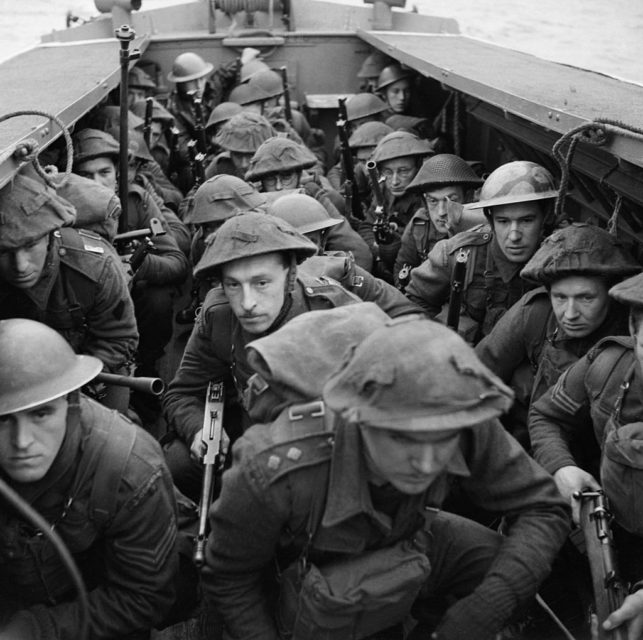
British leadership wanted to attack the Germans in an unconventional way. According to Churchill, they “must be prepared, with specially-trained troops of the hunter class, who can develop a reign of terror down these coasts.” A call went out to the British military for volunteers to participate in a commando force, resulting in over 2,000 men submitting their names.
They began their training and, before long, 12 commando units were created.
Initiating Operation Claymore
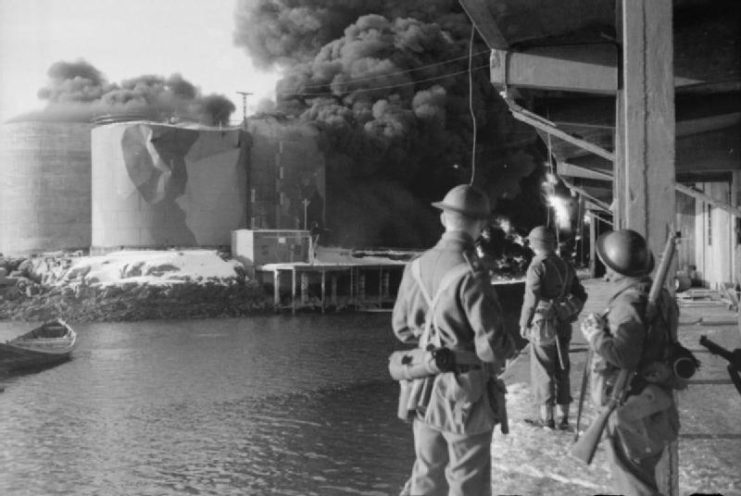
Of the 2,000 volunteers who submitted their names, 250 men were selected from Maj. John Durnford-Slater’s No. 3 Commando and 250 more from Lt. Col. D.S. Lister’s No. 4 Commando. The men were tasked with destroying four fish oil/glycerine plants and encouraged to bring any Norwegian men interested in joining the war movement back with them.
The commandos landed in Norway at 6:50 AM on March 4, 1941, after a minor delay due to how dark the morning was. Broken down into four groups to attack the plants, they encountered little German resistance, aside from four shots fired from an armed trawler. They did, however, encounter Norwegian citizens who cheered them on and offered coffee and pastries.
The German forces were mostly still asleep, and the commandos reached their intended targets. In addition to blowing up each of the plants with charges, they were able to take 225 prisoners of their own.
Taunting the German Army
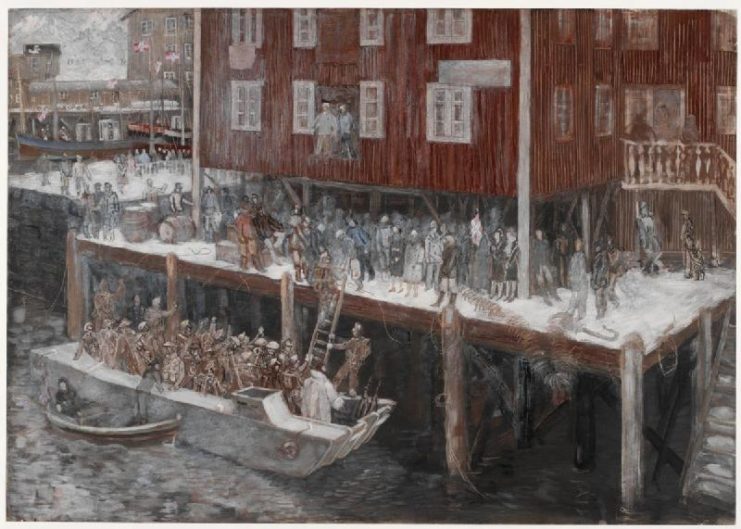
Amazingly, of the 500 commandos who arrived in Norway, none were killed. In fact, only one was injured and that only occurred because he accidentally shot himself in the leg with his own gun. That wasn’t the case for the Germans, however. The British commandos were able to destroy a German trawler, killing 14.
The commandos were also successful in recruiting many Norwegians to their cause. Operation Claymore went so well, in fact, that some of them became cocky. One group sent the German Führer a taunting telegram with German equipment they’d recovered, while another found a German seaplane base and took all the weapons they could. The German Army later accused the British of acting “unwarlike.”
The aftermath of Operation Claymore
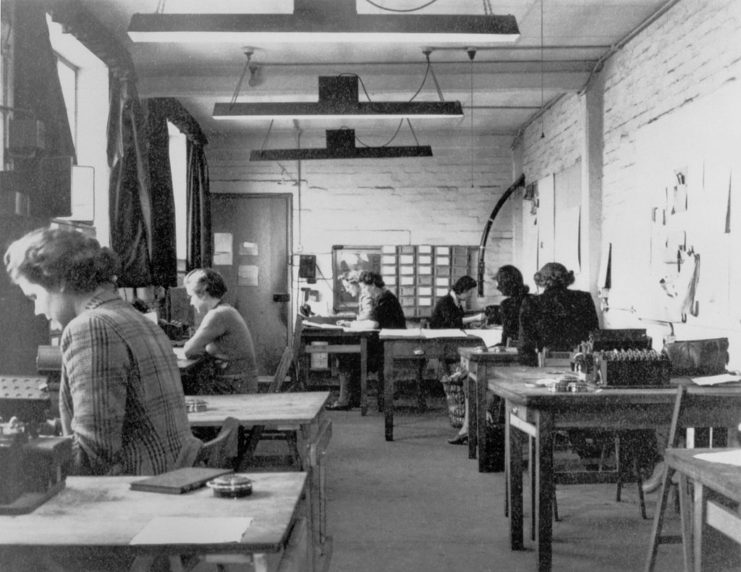
Operation Claymore was a success in multiple ways. Firstly, the raid helped increase morale among the British. The raid was also successful in forcing German soldiers occupying Norway to actively fight. A main goal for the Allied forces in the early days in the war was to spread the enemy out across larger areas.
More from us: Operation Tracer: The Secret British Military Operation for Gibraltar
Most importantly, the commandos were able to capture a set of roller wheels from a German Enigma machine and code books from the German armed trawler Krebs. Once they were able to crack the German codes, supply ships were rerouted to avoid large concentrations of German U-boats.
